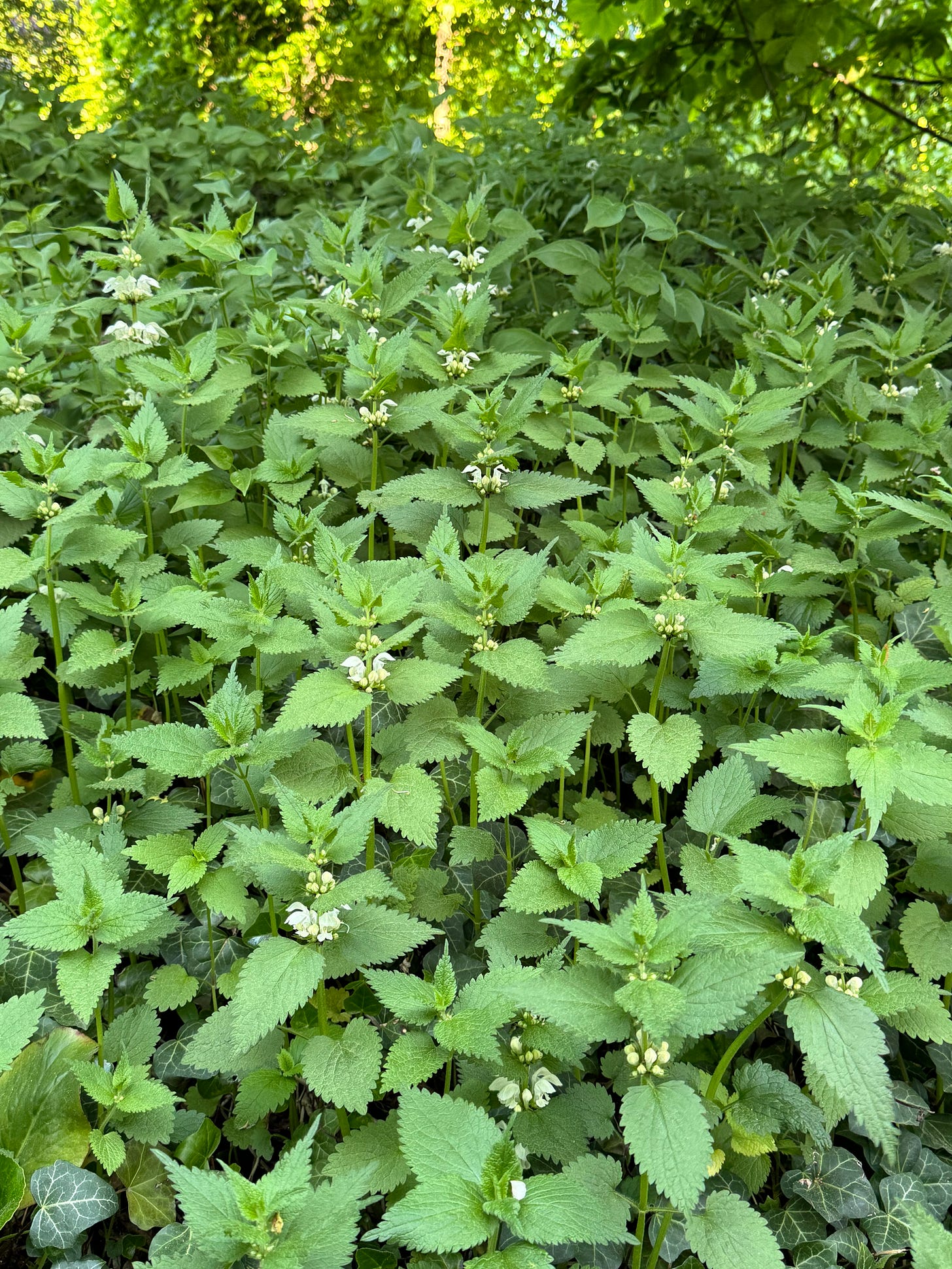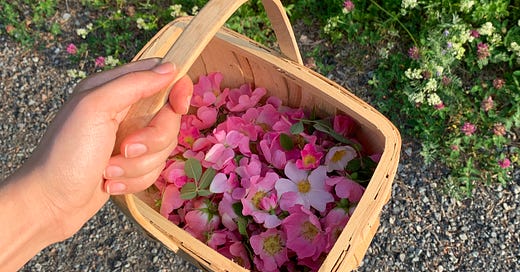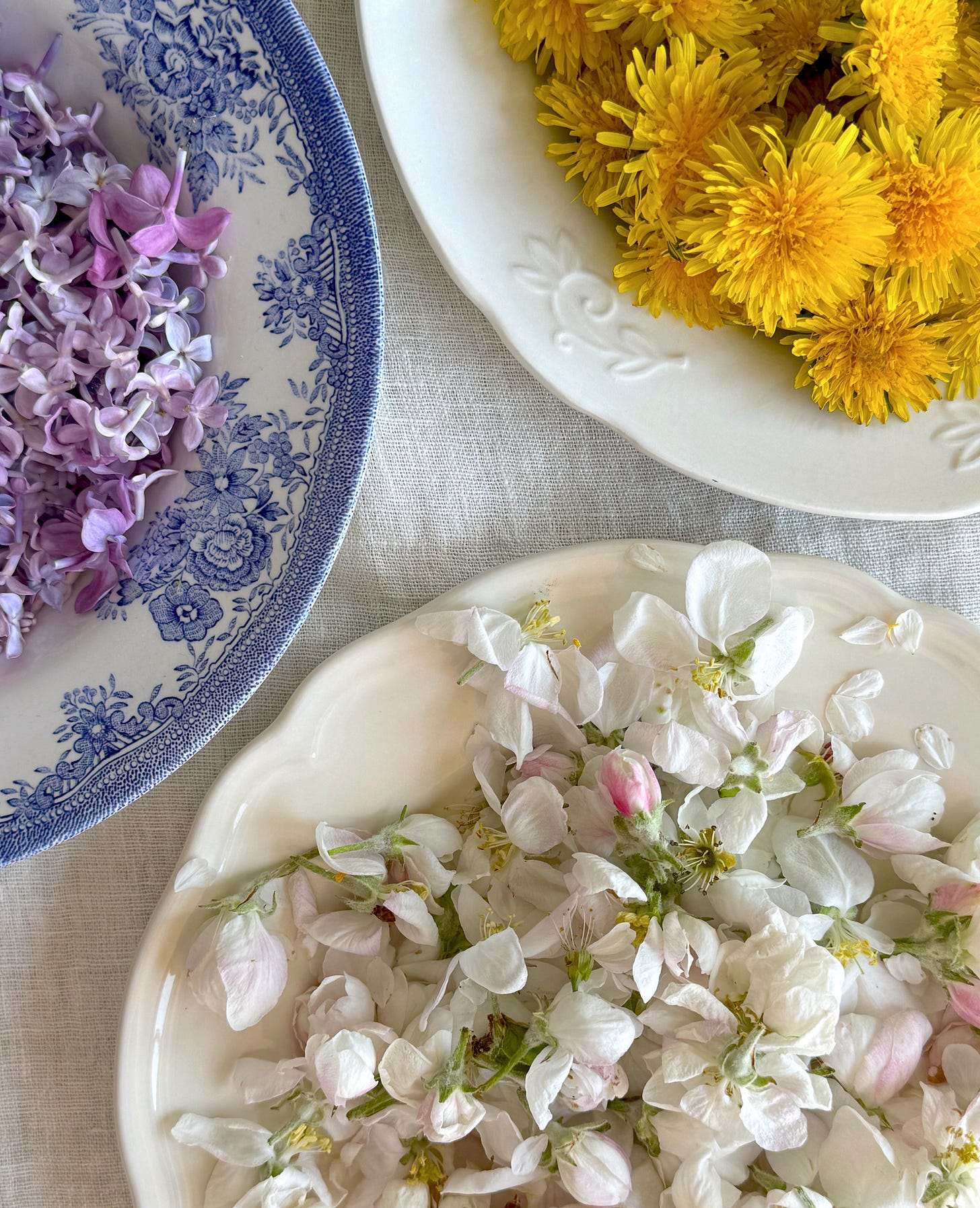Allô! 👋
Welcome (back) to the seasonal sundays section of the good food at home newsletter, where every week we take a closer peek at produce at its peak — with a short introduction, at least one recipe, and a (sometimes related) cooking Q&A. If you would like to further support the newsletter and help it grow, feel free to hit the heart button at the top of this page, leave a comment, refer a friend, or share the newsletter via the button below!
Happy Sunday! I hope you’ve woken up refreshed and excited for another great day.
Here in Norway we’re currently having a rather festive long weekend — Friday (May 17th) was Norway’s Constitution Day, which celebrates the signing of the country’s constitution in 1814 (the world’s second oldest working constitution, after the American one) with champagne breakfasts, traditional folk costumes, children’s parades, waving to and from royalty (see below), garden games, patriotic music, and lots …and lots of hot dogs and ice cream. The whole day is just a big party, and this year we’ve been extra lucky with fantastic weather, spring blossoms flowering all up and down the country, and a second public holiday on Monday to help the festive weekend mood last a little longer still.

Last week I was telling you all about spring greens like nettles and dandelions and how they seem to pop up underfoot just about everywhere you look.
This week, we’re putting the focus on spring flowers like lilacs and cherry blossoms, which seem to be appearing overhead just about everywhere you go (and what a wonderful thing to breathe in and inspire — in all senses of the term). Much like spring greens, it’s a very short season, so best catch these blooms while you still have the chance.

Among others, edible spring blossoms that commonly blossom mid-May (depending on your location) include: magnolias, dandelions, elderflower, lilacs, and tulips, as well as blossoms from fruiting species such as strawberry plants and apple, cherry, quince, crabapple, peach, pear, and plum trees.
Many alliums, such as wild garlic, chives, and spring onion, also begin to flower at this time of year, and their pretty pointy petals are indeed deliciously edible too.

Further in the season, other enticing blossoms start to appear, so do keep an eye out in natural areas as well as farmers’ markets and greengrocers’ for blooms such as roses (both cultivated and wild), daisies, peonies, sweet alyssum, zucchini blossoms, and pineapple weed — while other edible species still await us later in the summer (flowers like yarrow, chrysanthemum, nasturtium, hibiscus, and lavender, among others).
Not all spring blossoms are edible or flavoursome, however, and there are some common sense ground rules that ought to be observed when picking foods you have not grown yourself to eat. With all these blossoms, be sure to pick from plants that:
a) you have correctly identified as edible and desirable*,
b) were not growing near roads, dog-walking areas, or chemically sprayed,
c) you have permission to pick,
d) you treat responsibly (i.e. don’t damage the plant during harvest, leave at least two thirds behind for birds, pollinators and the plant’s own health and reproduction, and don’t pick anything if the plant looks wilted, dusty, damaged, or otherwise unhealthy), and
e) you might like to harvest from later in the season (this one applies especially to fruiting plants — no flower, no fruit).
Pick your flowers on a warm dry day, preferably in the morning, to use within a few hours†. Only consume the petals (not the stalks, pistils, or stems) and, as with any new foods, try a small amount first to check for any adverse reactions, on the off chance that you, specifically, react poorly to ingesting that particular species of plant‡.
*if in doubt, do not eat — this applies not only to the species, but also the variety: not all varieties of magnolias are edible, for example, while red elder flowers don’t taste all that great compared to lychee-perfumed black elder flowers (meanwhile, some black elder flowers smell horrible altogether)
†you may also pop them into an airtight container and refrigerate them for up to a day before use, but freshly picked is best
‡this is especially noteworthy if you already react poorly (or are allergic) to pollen
spring blossoms, six ways
Every week I try to stick to one recipe, and almost every week I get too excited by the season’s best ingredients to stick to my own self-imposed rule. You’re welcome.
From savoury to sweet, involved to uncomplicated, rapidly pleasing to slowly gratifying, I’ve got it all in this week’s spring blossom special.
Keep reading with a 7-day free trial
Subscribe to good food at home to keep reading this post and get 7 days of free access to the full post archives.







